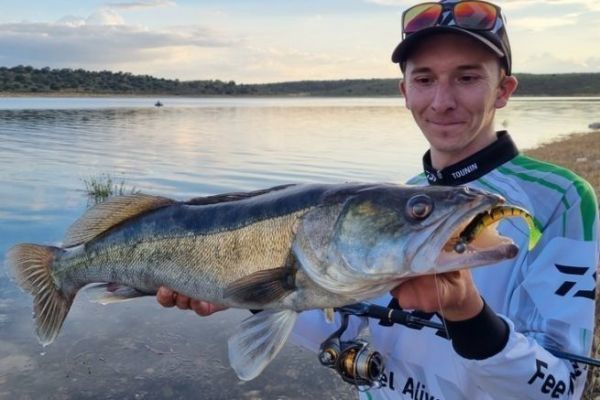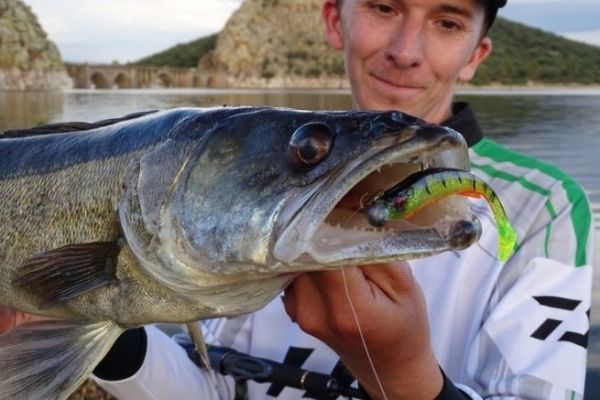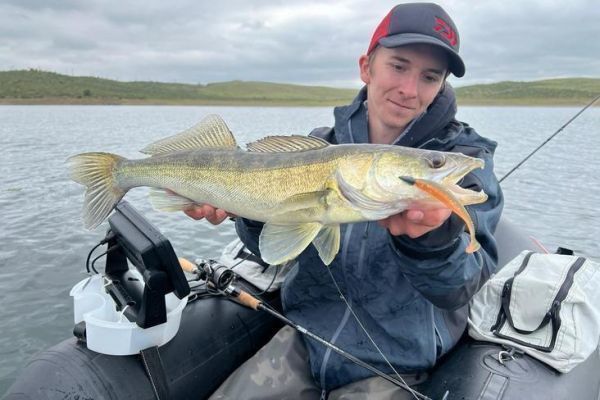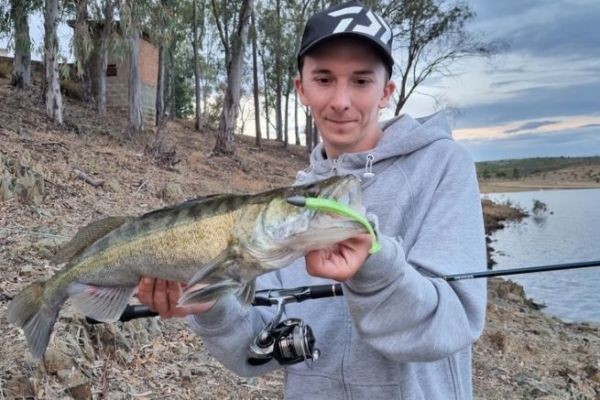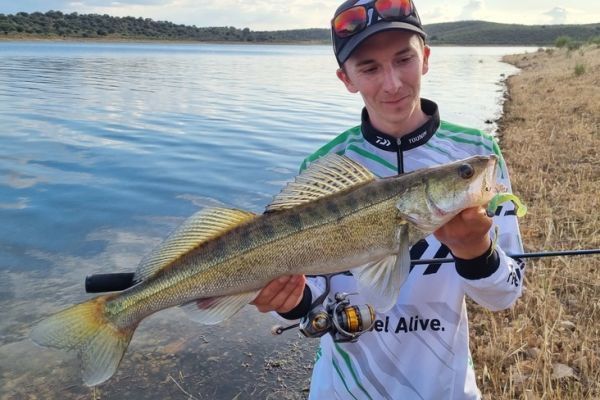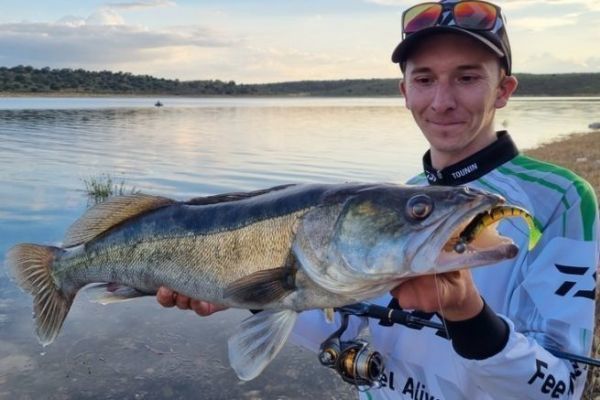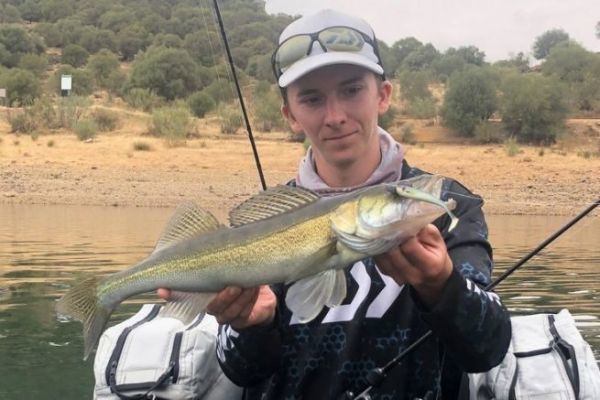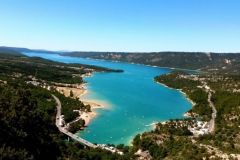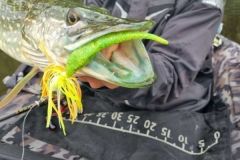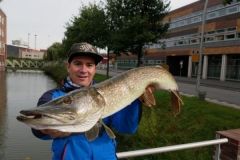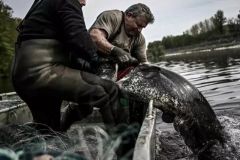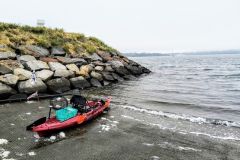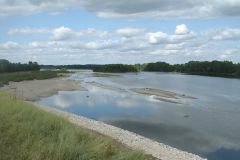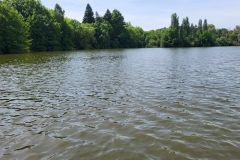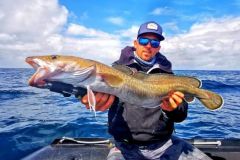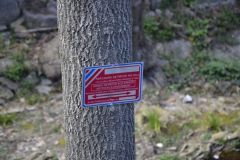Rocky screes and steep slopes
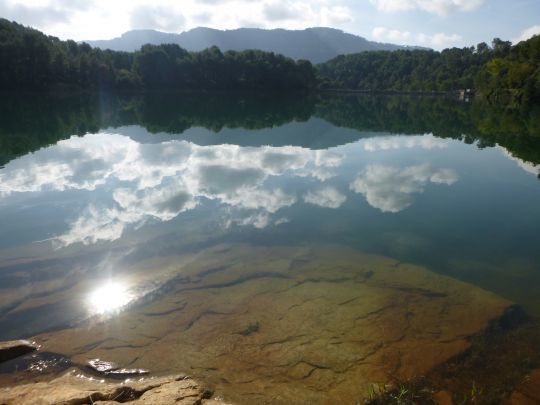
In a body of water, a steep slope is often synonymous with the presence of rocks. This type of area is far from easy to fish from the shore, as there is a risk of frequently hooking while prospecting the area. However, this is the quickest way to determine the depth at which pike-perch are active, as you can fish several different depths in a short space of time.
I strongly advise you not to dwell on this kind of area if you don't want to lose half your lure box in a few hours. Still, it's important to try this type of spot if you haven't had any results elsewhere, or if you're trying to determine a fishing depth to target for the rest of your session.
Gentle slopes
Generally much easier to tackle, gentle slopes are good zones for practising more serenely without fear of losing your lures. This type of zone is particularly favourable for pike-perch when the bottom is made up of small stones and gravel. On lakes and rivers, gentle slopes are easy to find and provide regular bites. It will then be up to us to determine the weight and type of lure to use to catch as many fish as possible.
At sunrise and sunset, gentle slopes should not be overlooked, as pike-perch will be hunting there all night long. Certain variations on a gentle slope will fix the fish, such as a pile of stones, a low wall or a small weed bed.
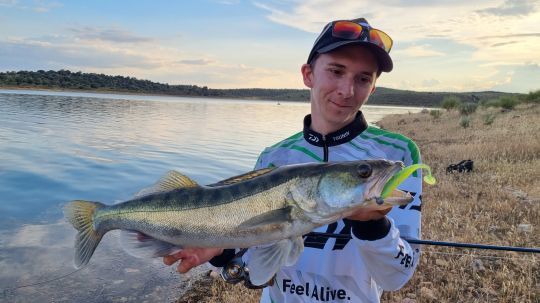
Herbariums
Grass beds are both a shelter and hunting area for pike-perch. Light penetrates much less deeply, allowing pike-perch to be at ease all day with their sensitive eyes. There are two different types of meadows: those that grow vertically, rising towards the sun, and those that grow horizontally. While vertical weedbeds are almost impossible to fish in their core without the lure getting loaded with algae, the outer and inner edges are very well populated with fish. Grass beds covering the bottom, on the other hand, require more technical skill to be effective.
Pike-perch really don't appreciate a lure covered in algae, and touching the bottom in this type of weed bed is often synonymous with a lost cast. The aim is to find the perfect lure weight, adapted to the speed needed to trigger attacks, without ever making contact with the bottom.
